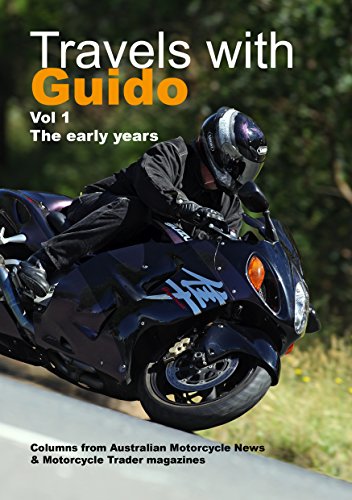Motorcycle Investor mag
Subscribe to our free email news
Ducati 125 Sport
Back in 1957-58, the
introduction of this feisty single was big news
for enthusiasts
(by Ian Falloon, Feb 2022)

The
market's desire for racer-replica Ducatis has a long
history
Ducati’s reputation has
always been built on racing success, and it began back
in 1955 with the 100cc Gran Sport.
After the Laverdas soundly
beat the overhead valve Ducati 98s in the 1954 Motogiro
d’Italia and Milano-Taranto road races, Ducati lured the
great engineer Ing. Fabio Taglioni away from Mondial and
commissioned him to design a new motorcycle capable of
winning the 1955 Motogiro.
The result was the
magnificent Gran Sport, or Marianna. This advanced
design formed the basis of the all the overhead camshaft
singles through until 1974, with many of its design
characteristics continuing to feature on some of the
current engines.
After the humiliation of
1954, no-one could have predicted the success of the
Marianna in the 1955 Motogiro d’Italia.
The Mariannas were
unbeatable, Taglioni’s one-year contract was extended,
and his association with Ducati would last four decades.
The basis of the Gran Sport
engine was its vertically split aluminium unit
construction crankcase, aluminium cylinder (with
cast-iron liner) inclined forward 10 degrees, a single
overhead camshaft driven by a set of bevel gears from
the crankshaft, and two valves set at an included angle
of 80 degrees.
All the bearings were ball or
roller and incorporated in the crankcases was a
four-speed gearbox, driven by primary gears with a wet
multi-plate clutch. Ignition was by battery and coil
with the points driven off the lower bevel gear on the
right. This engine was then placed in a single downtube
tubular steel frame and was utilised as a stressed
member, all these features making their way to the
eventual production version, most also evident on all
single and twin cylinder Ducatis though until 1980.
The success of the Gran Sport
was such that Taglioni was allowed to adapt his advanced
single cylinder overhead camshaft engine for production.
Initially 175cc, most motorcycles of the period still
featured overhead valves operated by pushrods, and while
there was little to separate the OHV 98s and 125s from
dozens of other Italian motorcycles available at the
time, the overhead camshaft 175 provided exceptional
performance.
The 175 was first displayed
at the end of 1956, and its success, they accounted for
25 per cent of 175 cc sales in Italy during 1957, saw a
proliferation of overhead camshaft models during the
next few years.
Only a year after the
introduction of the 175, the 125 Sport (1962 model
pictured) was offered. Sharing its 55.25mm bore and 52mm
stroke with the double overhead camshaft Grand Prix and
desmodromic racers, the 125 Sport had an 8:1 compression
ratio and Dell’Orto 20mm carburettor and produced a
modest 10 horsepower at 8500 rpm.
This may not have sounded like much but the specific
power output of 80 horsepower per litre was quite
impressive for a production engine in 1958. Rolling on a
pair of 17-inch, wheels the diminutive 100kg 125 Sport
was capable of around 112km/h, quite a bit more than
most 125s at the time.
As the styling, particularly
the sculptured 17-litre fuel tank, mimicked the racing
125 F3, the 125 Sport became favoured with the Italian
boy racer crowd. This was the first production Ducati
that looked like the racing bikes and established a
formula that has served Ducati well for over sixty
years.
As the 125 Sport was proving
successful, a low compression 125 TS (Touring Special)
joined it later in 1958 but this wasn’t what the market
really wanted. The 125 eventually became a 160 but as
this was perceived as an underpowered 175 it languished,
eventually becoming the unremarkable 160 Monza Junior.
Although the 125 Sport
remained a popular model, particularly in Italy, through
until 1965, the writing was on the wall for the smaller
capacity Ducatis. The public then, as now, wanted larger
engines, with more performance, but what hasn’t changed
is their thirst for factory race replicas.
-------------------------------------------------
Produced by AllMoto abn 61 400 694 722
Privacy: we do not collect cookies or any other data.

Archives
Contact





